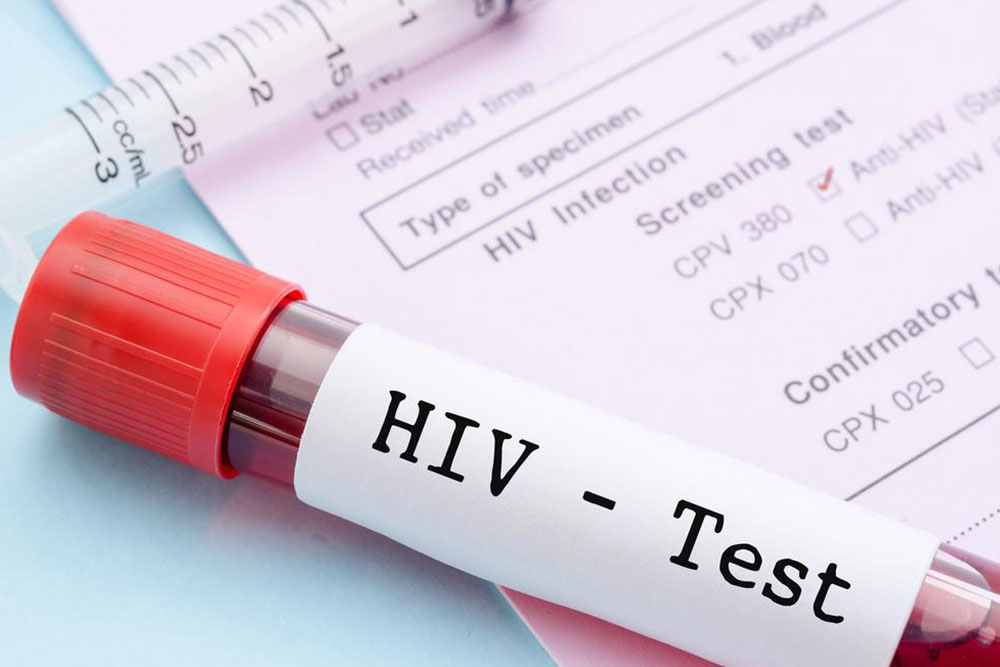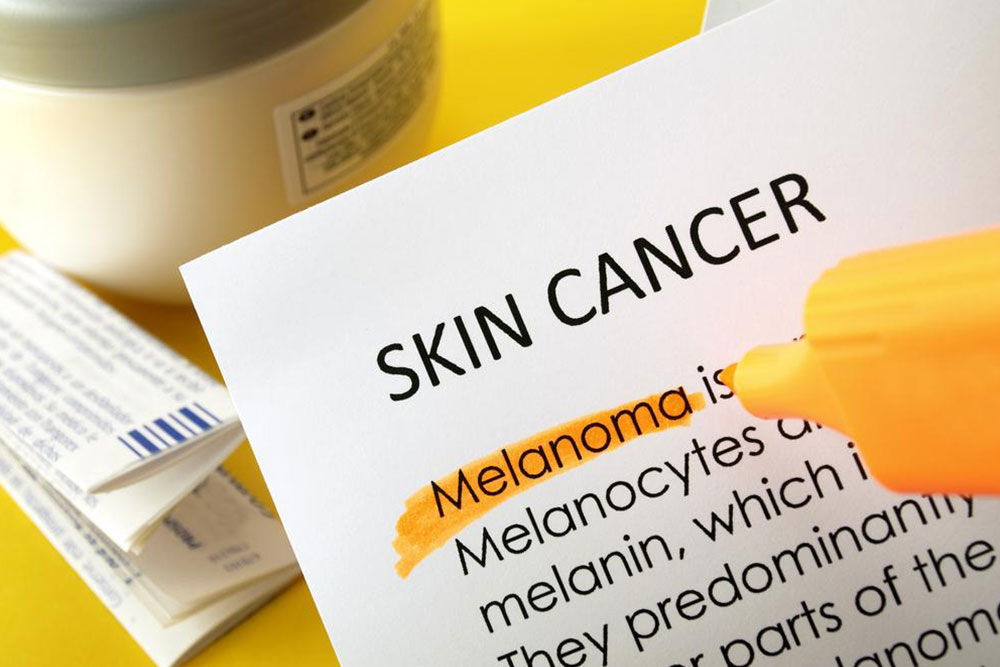Comprehensive Guide to HIV and AIDS Awareness
This article provides an in-depth overview of HIV and AIDS, including transmission methods, common misconceptions, symptom progression, and the importance of medical guidance. It aims to educate readers on preventive measures and the disease's timeline, emphasizing that casual contact does not spread HIV. Understanding these facts can help reduce stigma and promote awareness about testing and treatment options.

Understanding HIV and AIDS: Essential Facts
Human Immunodeficiency Virus (HIV) causes the infection known as AIDS. Transmission occurs through contact with infected bodily fluids like blood, semen, or vaginal secretions.
Primary Ways HIV Spreads
Unprotected sexual contact with an infected partner is the leading cause of HIV transmission.
Sharing needles for drug use with someone carrying HIV increases risk.
Vertical transmission from mother to child during childbirth or breastfeeding is another route.
Myths About HIV
HIV cannot be contracted through casual interactions such as hugging, kissing, or sharing utensils.
Engaging in casual contact like sharing glasses or close contact does not transmit HIV.
Post-Infection Progression
Once inside the body, HIV targets and weakens the immune system. Initially, you may only experience flu-like symptoms such as fever, sore throat, fatigue, muscle aches, and swollen lymph nodes, which typically resolve within 7 to 10 days. During this stage, HIV presence is detectable, but it does not mean the individual has AIDS.
Over time, the virus destroys CD4+ cells, vital white blood cells defending against infections. As these cells decline, immune function deteriorates, eventually leading to AIDS when the body can no longer fight off common illnesses. This progression from HIV to AIDS usually takes about 10 to 12 years.
Important Notice: The information provided on symptoms, treatments, and health conditions is for educational purposes only. It should not replace professional medical advice. Consult healthcare professionals for diagnosis, treatment, and health concerns.










